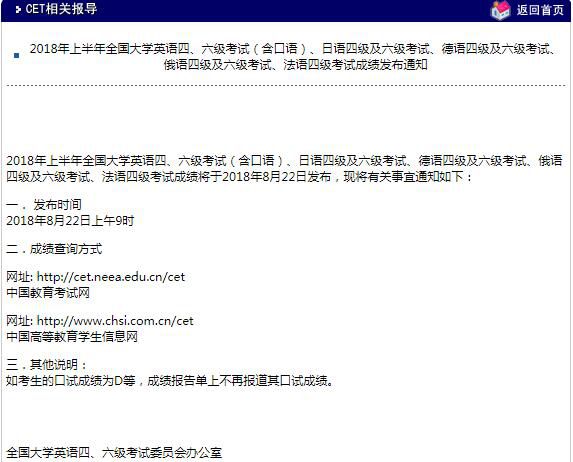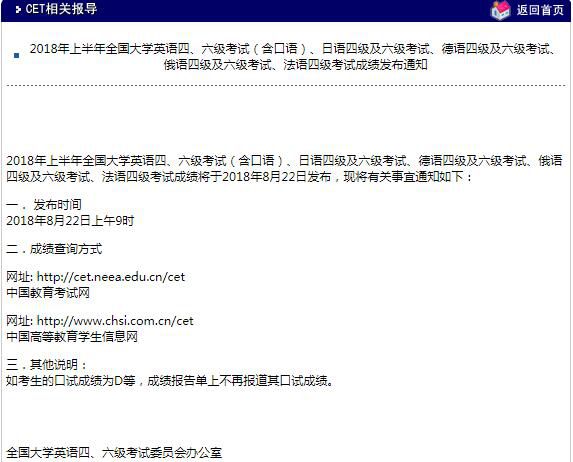2006考试辅导之GMAT作文6篇Argument范文a
|
GMAT—AWA—1:Argument Writing Samples 写作题目见权威辅导(PP2)第258页,共89篇:这些文章的价值不在于它们的语言表达(尚有不少不当之处,有待改进),而在于它们提出的观点具有启发作用。请不要背样文,应背写作模式及每篇的理由。 1. Citing facts drawn from the color-film processing industry that indicate a downward trend in the costs of film processing over a 24-year period, the author argues that Olympic Foods will likewise be able to minimize costs and thus maximize profits in the future. In support of this conclusion the author cites the general principle that "as organizations learn how to do things better, they become more efficient." This principle, coupled with the fact that Olympic Foods has had 25 years of experience in the food processing industry leads to the author's rosy prediction. This argument is unconvincing because it suffers from two critical flaws. First, the author's forecast of minimal costs and maximum profits rests on the Second, it is highly doubtful that the facts drawn from the color-film processing 2. In this argument the author concludes that the Apogee Company should dose First, the author assumes that centralization would improve profitability by cutting costs and streamlining supervision of employees. This assumption is never supported with any data or projections. Moreover, the assumption fails to take into account cost increases and inefficiency that could result from centralization. For instance, company representatives would have to travel to do business in areas formerly served by a field office, creating travel costs and loss of critical time. In short, this assumption must be supported with a thorough cost-benefit analysis of centralization versus other possible cost-cutting and/or profit-enhancing strategies. Second, the only reason offered by the author is the claim that Apogee was more profitable when it had operated from a single, centralized location. But is centralization the only difference relevant to greater past profitability? It is entirely possible that management has become lax regarding any number of factors that can affect the bottom line such as inferior products, careless product pricing, inefficient production, poor employee expense account monitoring, ineffective advertising, sloppy buying policies and other wasteful spending. Unless the author can rule out other factors relevant to diminishing profits, this argument commits the fallacy of assuming that just because one event (decreasing profits) follows another (decentralization), the second event has been caused by the first. In conclusion, this is a weak argument. To strengthen the conclusion that Apogee should close field offices and centralize. This author must provide a thorough cost-benefit analysis of available alternatives and rule out factors other than decentralization that might be affecting current profits negatively. 3. In this argument the author concludes that the city should allocate some of its arts funding to public television. The conclusion is based on two facts: (1) attendance at the city's art museum has increased proportionally with the increases in visual-arts program viewing on public television, and (2) public television is being threatened by severe cuts in corporate funding. White this argument is somewhat convincing, a few concerns need to be addressed. To begin with, the argument depends on the assumption that increased exposure to the visual arts on television, mainly public television, has caused a similar increase in local art-museum attendance. However, just because increased art-museum attendance can be statistically correlated with similar increases in television viewing of visual-arts programs, this does not necessarily mean that the increased television viewing of arts is the cause of the rise in museum attendance. Moreover, perhaps there are other factors relevant to increased interest in the local art museum; for instance, maybe a new director had procured more interesting, exciting acquisitions and exhibits during the period when museum attendance increased, in addition, the author could be overlooking a common cause of both increases. It is possible that some larger social or cultural phenomenon is responsible for greater public interest in both television arts programming and municipal art museums. To be fair, however, we must recognize that the author's assumption is a special case of a more general one that television viewing affects people's attitudes and behavior. Common sense and observation tells me that this is indeed the case. After all, advertisers spend billions of dollars on television ad time because they trust this assumption as well. |








